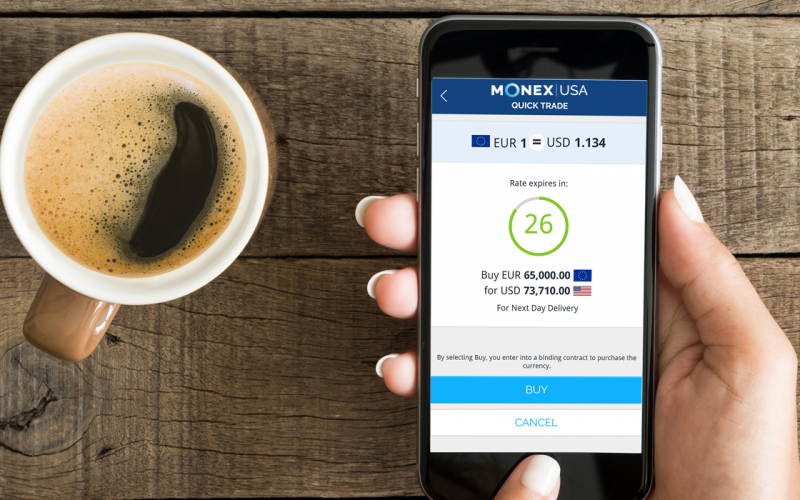No one really likes lifting fees, except the banks charging them. We get it: When a payee abroad doesn’t receive the amount expected from a payer and is confused (or worse), it’s not fun sorting out what happened.
That’s why Monex guarantees that every one of our banking partners will send your full payment on to the recipient 100% of the time—no fees deducted by them.
But the reality is that lifting fees—which are transaction fees on cross-border wire transfers often charged to recipients—can still be tricky to avoid. Why? Because cross-border transactions involve more than one bank. Each bank has different fee structures, and Monex can’t control the fees non-partner banks charge.
Here’s a quick overview of when lifting fees might be deducted from a payment as it’s making its way to the recipient in another country, and what can be done to minimize these fees.
Lifting Fees 101
To understand how lifting fees work, you need to understand how cross-border payments typically work. There are generally two, and sometimes three or even more, banks involved:
- Sending bank : This is the bank sending money out of the U.S. If you’re a Monex client, this bank would be one of our partners, so there’d be no lifting fees charged.
- Receiving bank : This is the recipient’s bank, which may or may not charge a fee for processing incoming wire transfers.
- Intermediary bank: If the sending and receiving banks don’t have a direct relationship, an additional bank might be involved to facilitate the transaction. This bank is known as an intermediary (or “correspondent”) bank.
Again, Monex cannot control whether a receiving or intermediary bank involved in your transaction charges lifting fees.
What we can do is impact who is charged, if a lifting fee is assessed by a bank involved in your wire transfer. We do this by sending all cross-border payments with the charge indicator “SHA,” for shared—meaning charges are shared between Monex and the payee.
There are two other charge indicators that could be possibly included with a payment: “BEN” and “OUR.” Here’s what they mean, along with more detail about “SHA”:
- BEN : Short for “beneficiary,” this indicator means any lifting fees would be paid by the recipient.
- OUR : This means the payer will bear all transaction fees.
- SHA : This means the payer would pay any fees charged by the sending bank, and the recipient pays any fees charged by both the receiving bank and any intermediary bank.
If you’d prefer to send payments with charges “OUR,” talk to your Monex representative about pricing options. Fair warning: going this route can be costly, which is why Monex doesn’t do it by default.
How to Avoid Lifting Fees
There are ways to minimize the likelihood of the payee having to pay lifting fees, and to minimize the size of the fees themselves.
When an intermediary bank is necessary, provide a preferred bank that the receiving bank has a relationship with to minimize fees. If one is not provided, the sending bank may select a sub-optimal intermediary bank on the receiver’s behalf, which could drive up lifting fees.
Speak up: If hit with lifting fees, payment recipients can challenge the bank. Often a bank will be willing to refund the fees or reduce them, because they don’t want unhappy customers.
Finally, be mindful of countries where banks are generally more likely to charge incoming international transfer fees: places like Italy, Japan, South Africa and sometimes Canada.
Ready to get started with Monex Online?
Discover HOW WE Can HELP You SEND or RECEIVE PAYMENTS




